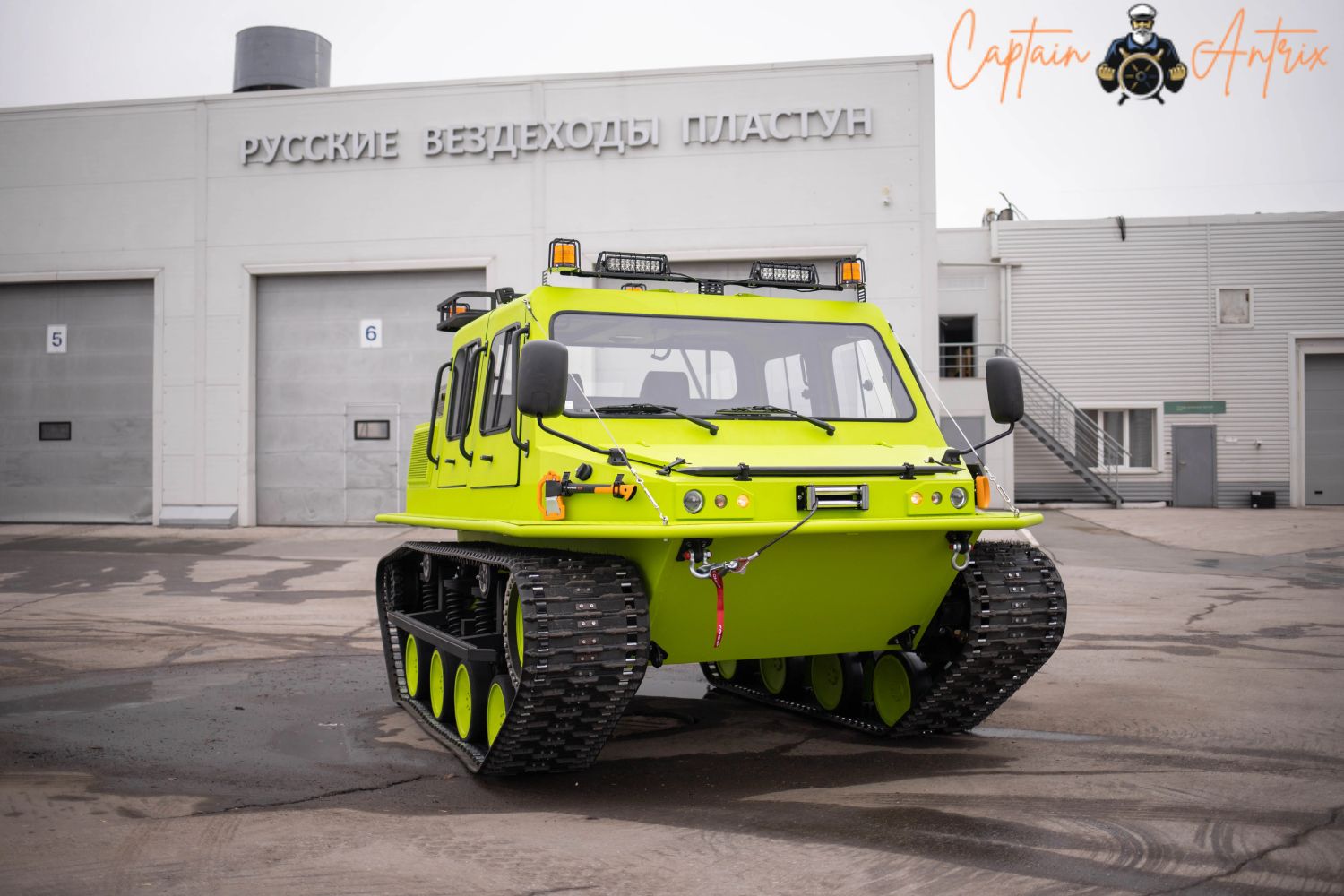
The Russian Ministry of Defense has recently received 14 advanced Plastun-SN light armored vehicles. These vehicles have been carefully concealed in military camouflage and were officially unveiled at the Army-2023 exhibition in Moscow. Proudly produced in Novosibirsk, these vehicles have been tailored to meet the precise needs of the Russian Armed Forces, representing a significant enhancement of the country's military capabilities.
These vehicles are no ordinary armored vehicles. Under a procurement plan initiated by the Russian Ministry of Defense, a minimum of 50 of these versatile vehicles are set to become a crucial part of the Russian military.
The Plastun-SN is a military version of the civilian Plastun all-terrain vehicle, bearing the "SN" designation, which translates to "Special Purpose" in English. This designation reflects the vehicle's capability to excel in a wide range of roles, including medical evacuation, reconnaissance, and serving as a self-propelled mortar platform, providing invaluable artillery support on the battlefield.
The versatility of the Plastun-SN was further highlighted at the Army-2023 Forum, where at least two vehicle configurations were prominently displayed. One variant was equipped with an 82 mm mortar, showcasing its potential as an artillery support vehicle. Another model featured a telescopic mast and observation devices, emphasizing its capabilities as a reconnaissance vehicle.
To ensure their effectiveness and reliability, the vehicles underwent rigorous testing at the Alabino training ground, demonstrating their operational readiness and performance capabilities.

One of the most notable features of the Plastun-SN is its combined armor protection system, capable of withstanding bullets ranging from 9×19 mm to 7.62×39 mm. In addition to bullet resistance, the crew is shielded from adverse weather conditions by a waterproof canopy and a removable frame. However, the open design of the Plastun-SN does leave it potentially vulnerable to threats such as drone strikes or shrapnel from enemy fire. Nevertheless, it boasts a patented all-season track, measuring 500 mm in width.
Powering these vehicles is a Lada 1.6-liter petrol engine, generating 106 horsepower and 148 Nm of torque. This engine enables the Plastun-SN to reach a top speed of 50 km/h, with a recommended speed of 30 km/h. With a 5-speed manual transmission, specific ground pressure of 0.118 kg/cm², and a fuel capacity of 135 liters, the Plastun-SN is prepared for action.
These versatile vehicles can accommodate up to eight people on the ground or up to six when afloat, depending on the variant. With a ground clearance of 500 mm and a track width of 500 mm, they can surmount various obstacles, including ditches up to 30°, trenches up to 1 meter wide, side slopes up to 30°, uphill climbs exceeding 40°, and downhill descents at up to 45°. Their amphibious capability allows them to navigate water obstacles, and they are equipped with a winch capable of ascending slopes at over 40°, further enhancing their adaptability and utility in a wide range of military operations.
In conclusion, the introduction of the Plastun-SN vehicles by the Russian Ministry of Defense represents a significant advancement in the country's military capabilities. These versatile and resilient machines have been adapted to serve a wide array of functions and are poised to play a crucial role in the Russian Armed Forces. Their delivery and introduction are a testament to the commitment of the Russian Ministry of Defense to bolster the nation's defense capabilities.
